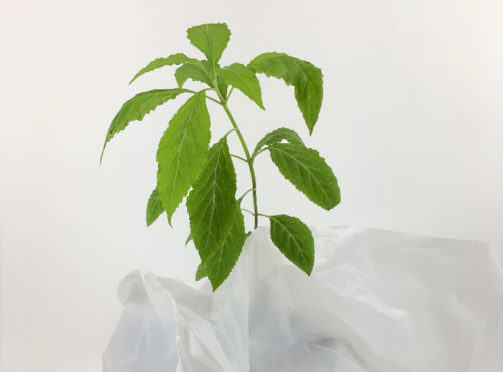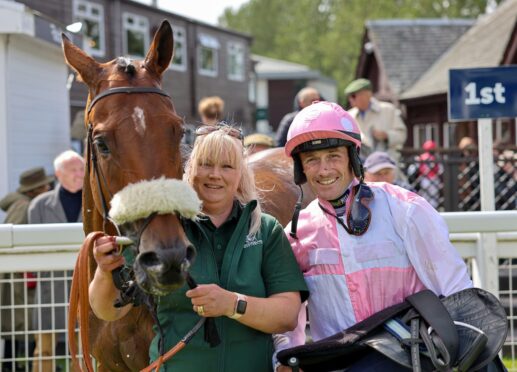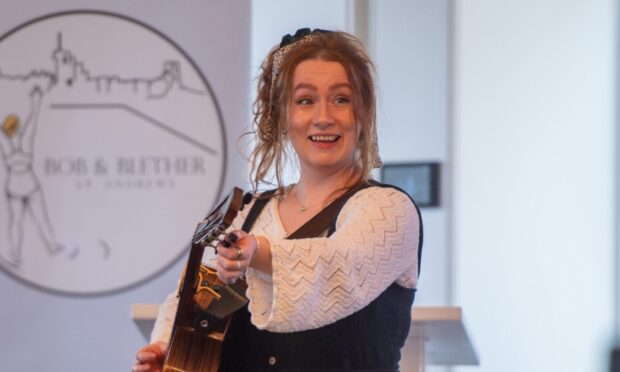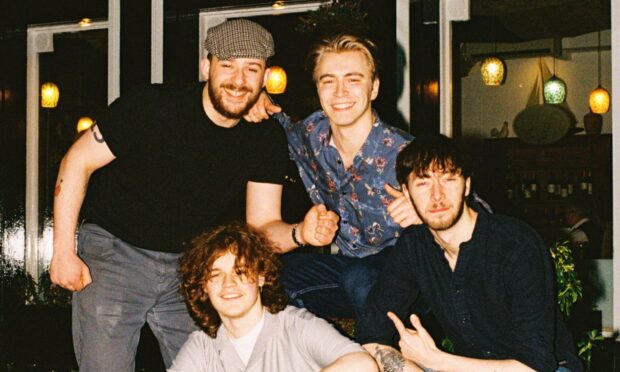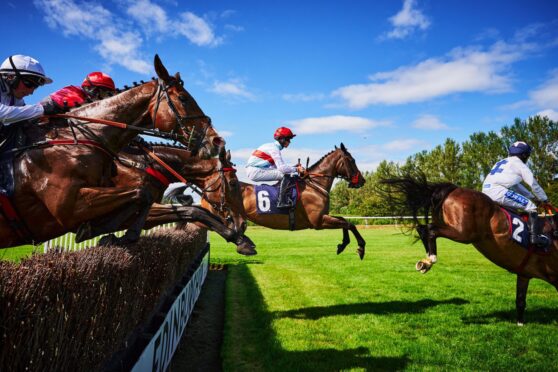Would you ever consider donating your DNA to a botanist so your descendants could honour your memory by drinking you with their tea?
It sounds the stuff of science fiction, but two budding artists will explore the possibilities of splicing human DNA with plants at an upcoming exhibition.
The show, Spirit Molecule I by artists Heather Dewey-Hagborg and Phillip Andrew Lewis, will examine how human DNA can act as identifiers long after we are gone.
They postulate, in the future scientists might be able to combine mortal remains with the genetic codes of plants, meaning a human could be spliced with tea-leaves and brewed into a cuppa.
The display goes on show to the public on Thursday at the LifeSpace gallery at Dundee University.
Curator Sarah Cook will present a talk at the exhibition launch, which starts at 5pm.
She said: “How we choose to remember our lost loved ones is a personal act, and nothing is more personal than our DNA.
“But are there possibilities to pass that DNA material into the future in different forms, and what might those forms be?
“As scientific techniques evolve, and despite different regulatory frameworks existing in different countries – for genetically modified or genetically engineered organisms – it is not so far-fetched to imagine drinking a cup of tea brewed from the leaves of a plant that has been cross-bred with personal biological material.
“Spirit Molecule I questions our current beliefs and opens up a space for us to think differently about how scientific developments affect what we take as acceptable practices or not.”
Both artists worked closely with leading scientists at the James Hutton Institute, as well as horticulturists from the Botanic Garden.
Heather Dewey-Hagborg said: “Although humans and plants share some genes in common, this art and design project envisages a future in which memorial plants could be tended, and in some cases, harvested and consumed, by a friend, family member or admirer, in remembrance of a lost loved one.
“Spirit Molecule I takes the viewer on a journey to a future where such an intimate DIY activity is possible.”
